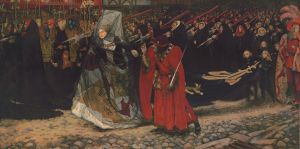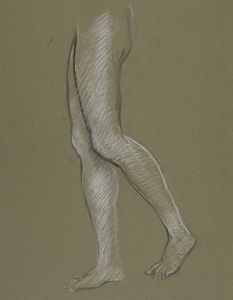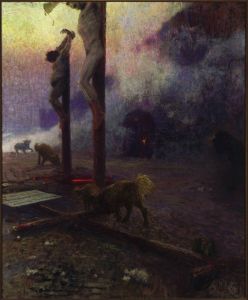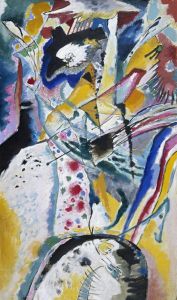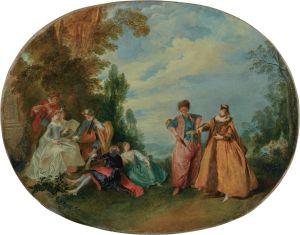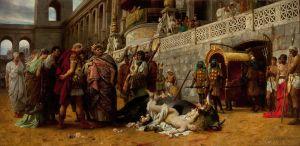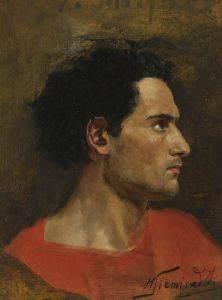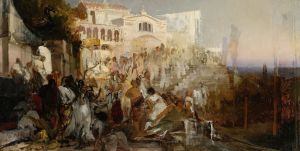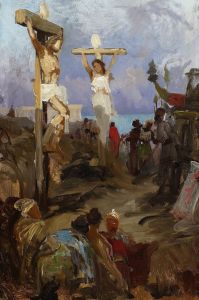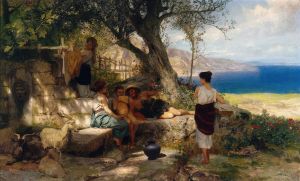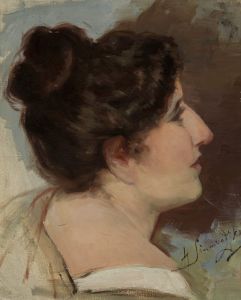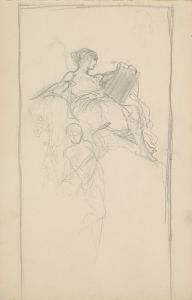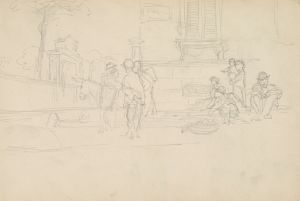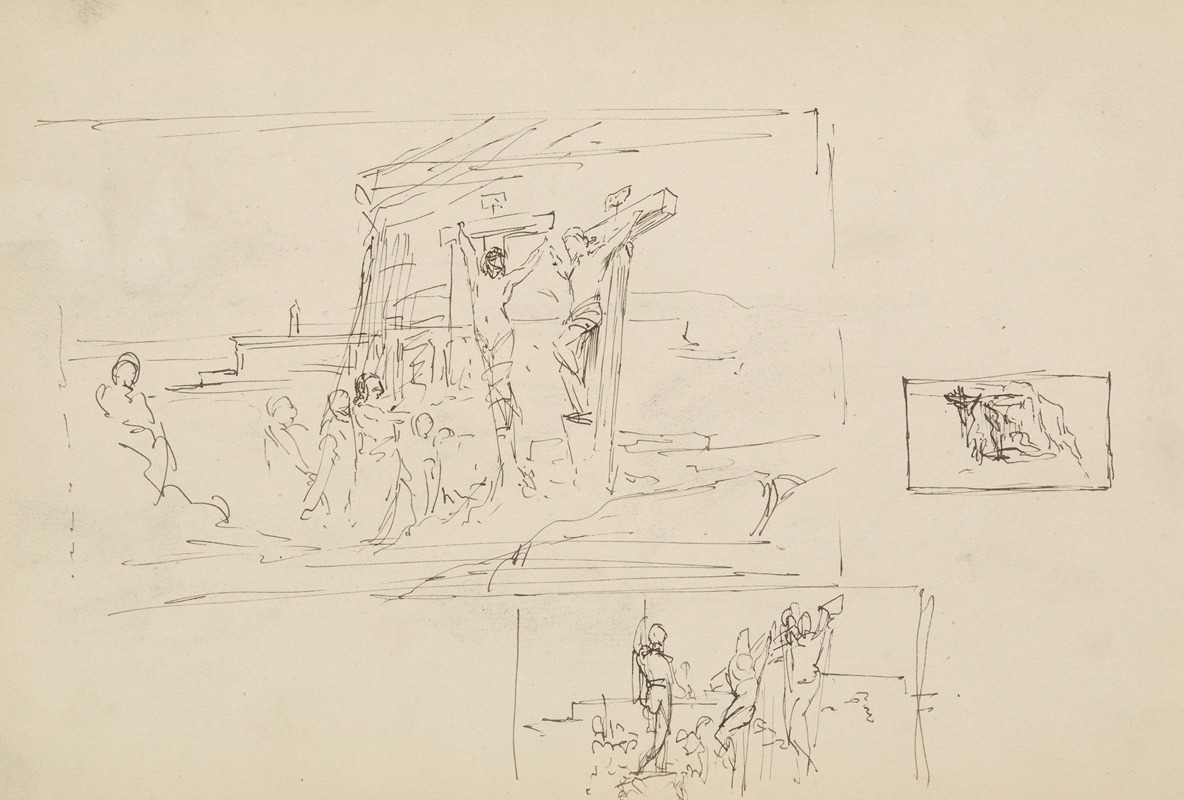
szkice do kompozycji ‘Golgota’
A hand-painted replica of Henryk Siemiradzki’s masterpiece szkice do kompozycji ‘Golgota’, meticulously crafted by professional artists to capture the true essence of the original. Each piece is created with museum-quality canvas and rare mineral pigments, carefully painted by experienced artists with delicate brushstrokes and rich, layered colors to perfectly recreate the texture of the original artwork. Unlike machine-printed reproductions, this hand-painted version brings the painting to life, infused with the artist’s emotions and skill in every stroke. Whether for personal collection or home decoration, it instantly elevates the artistic atmosphere of any space.
Henryk Siemiradzki, a renowned Polish painter of the 19th century, is celebrated for his historical and biblical scenes, often characterized by their dramatic compositions and meticulous attention to detail. One of his notable works is "Szkice do kompozycji ‘Golgota’" (Sketches for the Composition 'Golgotha'), which serves as preparatory studies for a larger, more comprehensive painting depicting the crucifixion of Jesus Christ.
Siemiradzki was born on October 24, 1843, in the village of Novobelgorod, near Kharkiv, in what is now Ukraine. He studied at the Imperial Academy of Arts in Saint Petersburg, where he honed his skills and developed a keen interest in classical antiquity and biblical themes. His education and travels across Europe, particularly in Italy, significantly influenced his artistic style, blending academic precision with a romantic sensibility.
The sketches for "Golgotha" reflect Siemiradzki's meticulous process in planning his compositions. These preparatory works are crucial for understanding his approach to large-scale paintings, as they reveal his method of developing complex scenes through detailed studies of individual figures, poses, and arrangements. The sketches typically feature various elements of the crucifixion scene, including the figures of Jesus, the two thieves, Roman soldiers, and onlookers, each rendered with careful attention to anatomy and expression.
Siemiradzki's interest in the theme of Golgotha aligns with the broader 19th-century fascination with biblical subjects, which were often used to explore themes of suffering, redemption, and divine intervention. His ability to convey the emotional intensity of such scenes through his use of light, shadow, and composition is evident in these preparatory sketches. The sketches themselves are executed with a high degree of skill, showcasing Siemiradzki's talent for capturing the human form and the dramatic potential of biblical narratives.
While the final composition of "Golgotha" may not be as widely known or as frequently exhibited as some of Siemiradzki's other works, the sketches remain an important part of his artistic legacy. They provide valuable insight into his creative process and his ability to translate complex theological themes into compelling visual art. The sketches are also a testament to his dedication to historical accuracy and his deep understanding of the cultural and religious significance of his subjects.
Henryk Siemiradzki's works, including the sketches for "Golgotha," continue to be studied and admired for their technical excellence and their ability to evoke powerful emotional responses. His contributions to the art world, particularly in the realm of historical and biblical painting, have cemented his reputation as one of the foremost artists of his time. The sketches for "Golgotha" are preserved as part of his broader oeuvre, offering a glimpse into the meticulous preparation that underpinned his larger, more ambitious projects.





